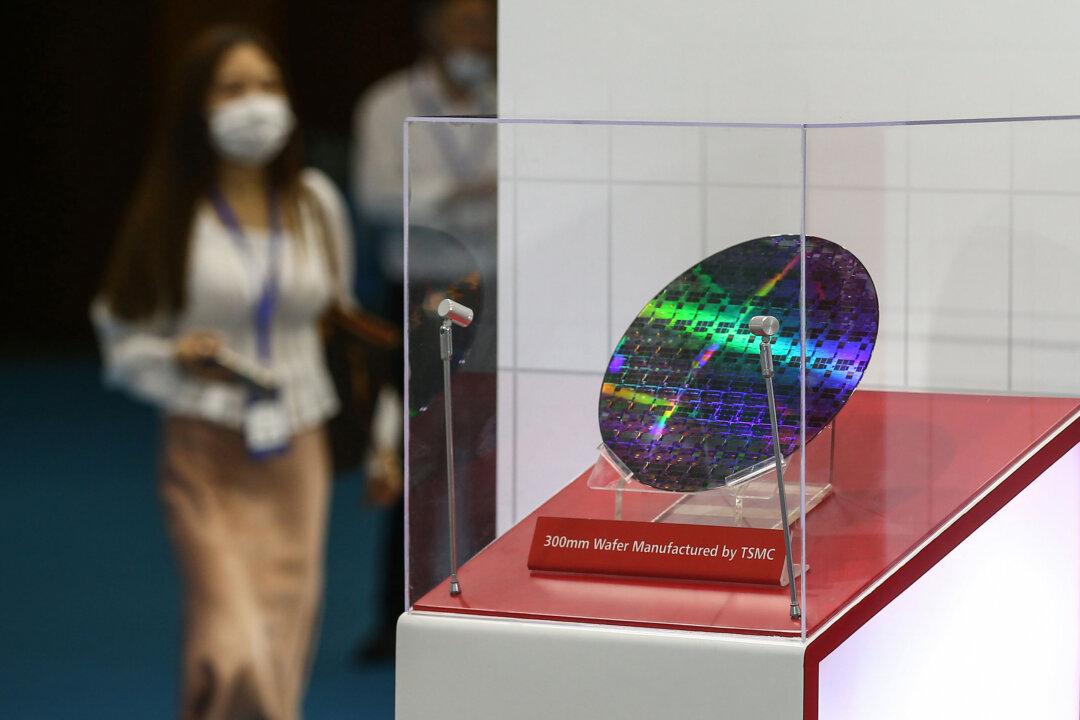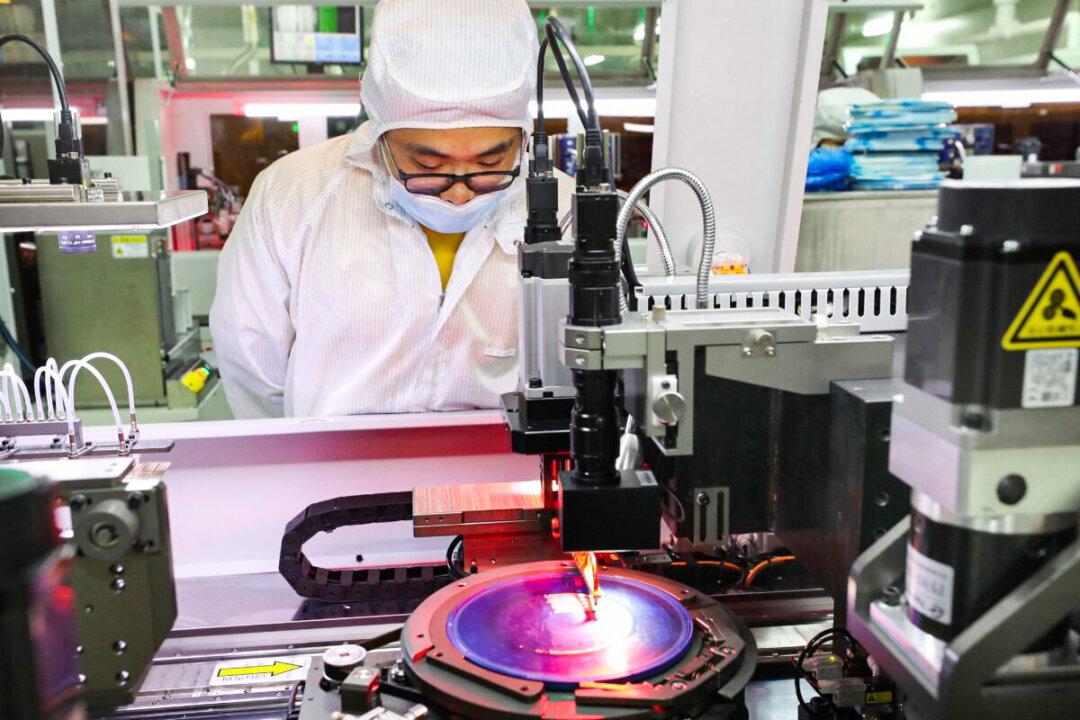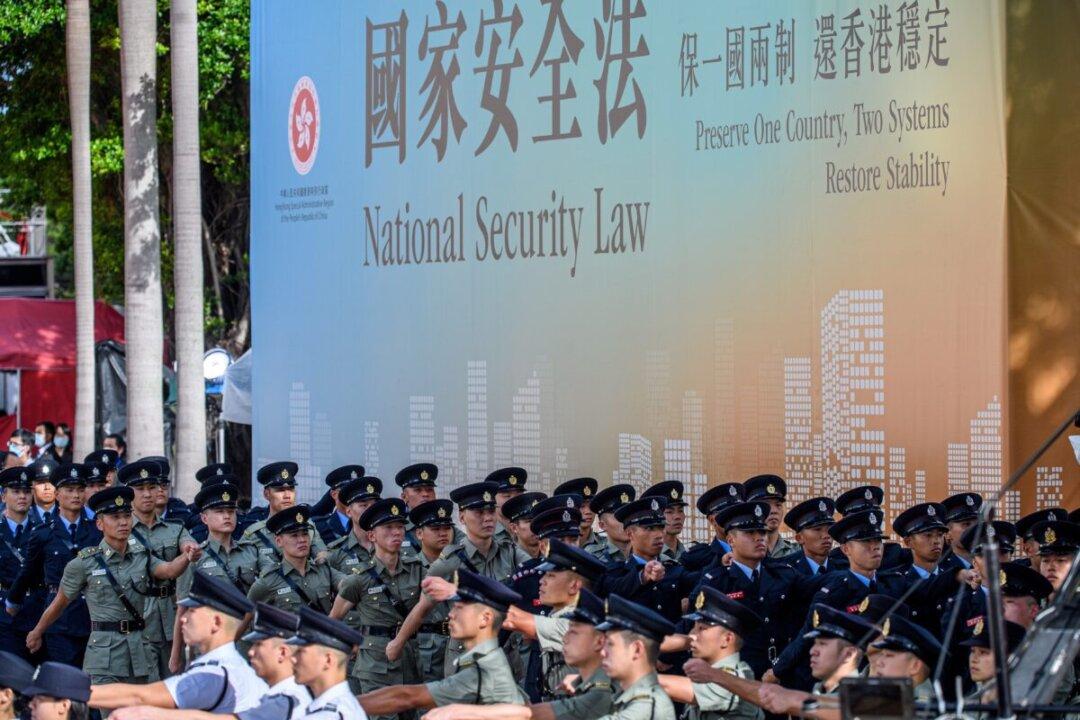Taiwan’s exports were booming in 2021, especially to China, which accounts for a solid 42.3 percent share of total exports. Taiwan officials have recently revised their 2021 estimate of economic growth from 6.09 percent to 6.28 percent, with both figures hitting an 11-year high. Experts say that Taiwan’s trade surplus with China continues to grow, indicating that China relies heavily on Taiwan.
According to the latest figures released by the Directorate General of Budget, Accounting and Statistics on Jan. 27, Taiwan’s economy grew at a rate of 6.28 percent last year, 1.9 percent higher than the forecast made in November.





